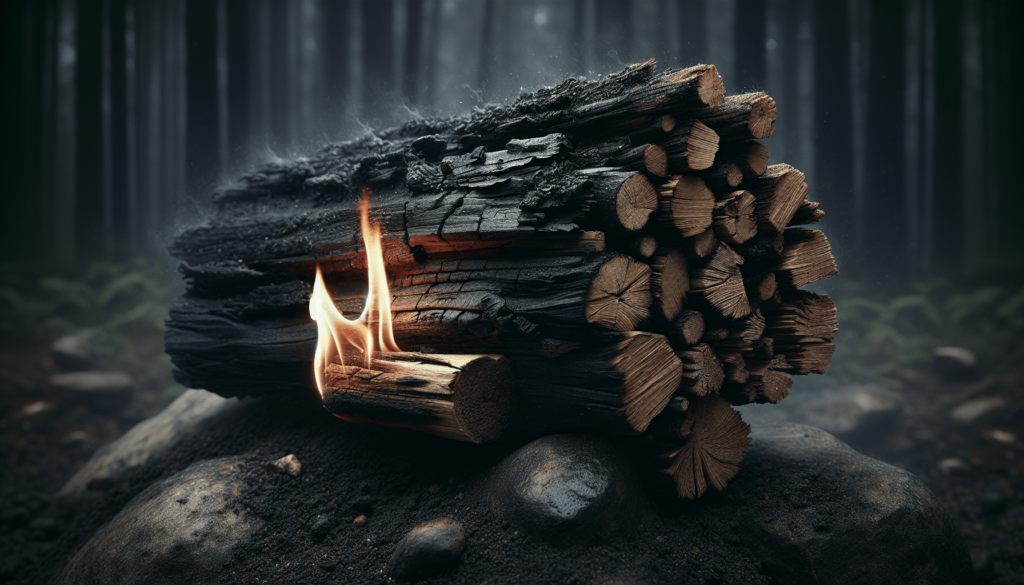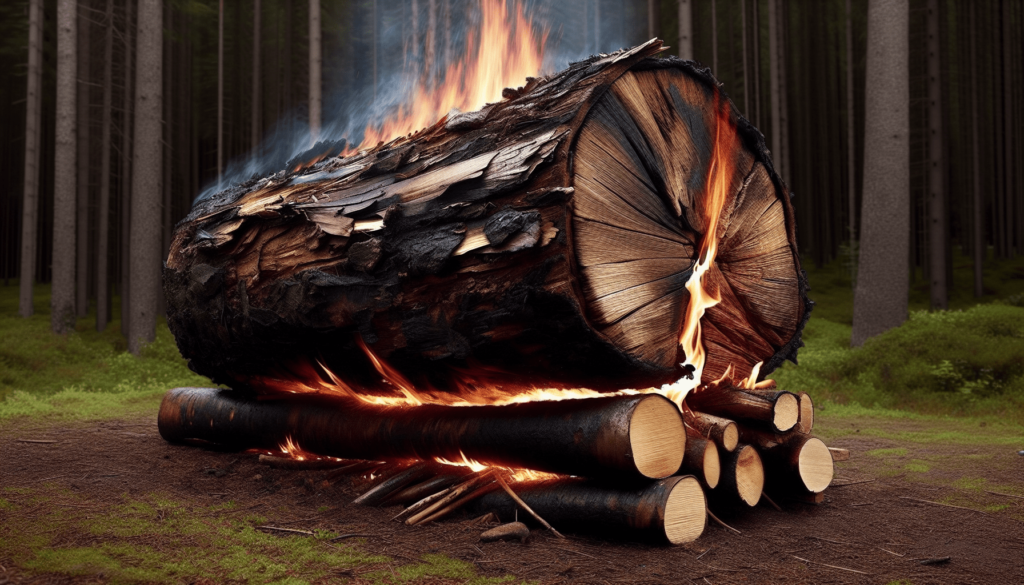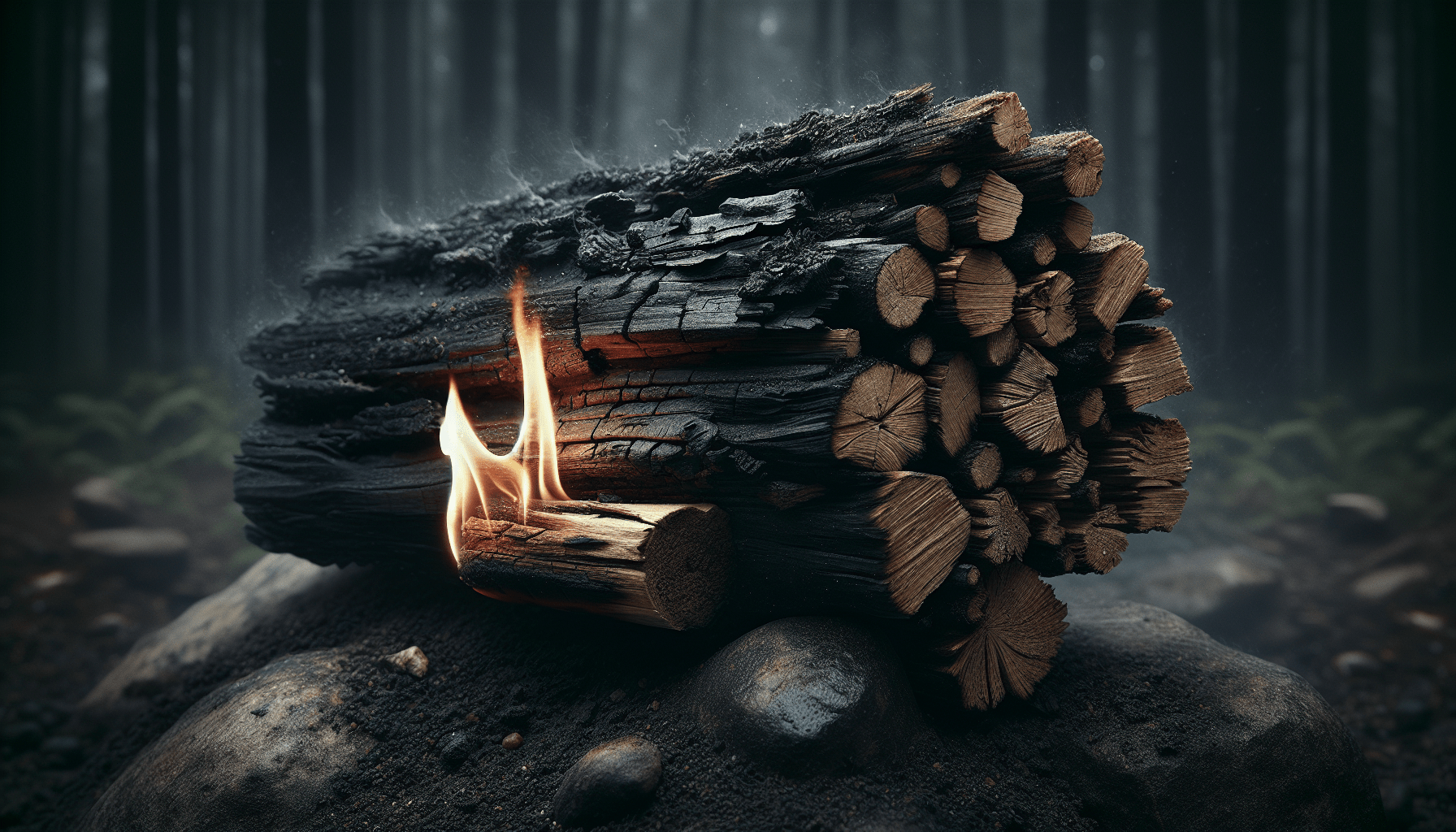When you think about burning wood, it seems pretty straightforward, but it’s a bit more complex than just striking a match. Wood, by its very nature, holds a lot of water and different chemical compounds, making it a surprisingly tough material to set aflame efficiently. I’ve often found myself struggling with damp logs or that annoying smoky phase before the wood finally catches fire. It turns out, this difficulty comes down to the wood’s moisture content and its chemical structure, both of which play key roles in just how flammable it is. Why do people always think burning wood is as simple as throwing a log on a campfire and watching it magically burst into flames? It’s like they imagine the wood waiting to combust at the snap of their fingers. But let’s be real here: starting a fire with wood is more like coaxing a stubborn cat into a bath—challenging, and sometimes even a bit perilous. In this rambling journey together, we’re going to figure out why it’s so doggone difficult to burn wood.
The Science Behind Burning Wood
Picture me in my high school chemistry class, drowsy eyes half shut, while my teacher drones on about oxidation and fuel. Little did I know that this basic science is why wood gets tricky as heck to burn.
Understanding Combustion
Combustion isn’t just a cool word I use to sound smarter at parties—it’s the chemical process by which substances combine with oxygen to produce heat and light. Wood, being a natural composite of cellulose, hemicellulose, and lignin, needs to reach a certain temperature to start this combustion process. And trust me, it’s not a low one.
Key Components for Combustion
- Fuel: Wood in our case
- Oxygen: Good ol’ O2 from the air
- Heat: The stubborn part
If one of these elements plays hard-to-get, you’re back to square one, holding a match in the wilderness, questioning your life choices.
The Three Stages of Wood Combustion
Burning wood isn’t a monolithic event; it’s more like a parade, with distinct phases and a fair share of metaphorical floats and clowns.
- Evaporation of Water: Freshly chopped wood can have water content between 30-60%. You can’t burn that Forest Moisture Special straight out of your uncle’s backyard—it’s got to dry out, or as the experts say, “season.”
- Pyrolysis: This is where the party starts. Wood breaks down into volatile gases and char. Pyrolysis sounds like an ancient Egyptian curse, but it’s just your wood transforming under high temperatures.
- Char Burning: The char, rich in carbon, acts like that student who barely makes it through finals—slowly, diligently, and sort of impressively.
The Role of Moisture Content
If wood were a cocktail, moisture content would be the notoriously difficult-to-mix ingredient. The wetter the wood, the more energy you waste just getting rid of its water, which, mind you, doesn’t contribute to the fire’s heat.
Why Dry Wood is Your Best Friend
Imagine trying to dry your soaked pants with a hand dryer in a dingy gas station bathroom. Frustrating, right? The same frustration comes with burning wet wood. Dry wood, on the other hand, catches fire faster, burns hotter, and produces less smoke. Think of it as the well-behaved kid in class who does every single assignment on time.
Moisture Content Table
Here, let’s slap a table in to make this clearer:
| Type of Wood | Moisture Content (%) | Ease of Burning |
|---|---|---|
| Freshly Cut (Green) | 30-60 | Difficult |
| Seasoned (6-12 months) | 15-20 | Moderate |
| Kiln-Dried | Below 15 | Easy |
There you have it. Season your wood like it’s a piece of gourmet cuisine, and you’re one step closer to a rip-roaring fire.

Types of Wood and Their Burn Characteristics
Not all wood is created equally, nor does it burn the same. Some woods are the rockstars of the fire world, while others are more like that guy who brings an acoustic guitar to a party—unimpressive and hard to get rid of.
Hardwoods vs. Softwoods
Hardwoods—like oak, hickory, and maple—are dense and packed with energy. They burn longer and hotter, perfect for those nights you intend to stare into the flames and contemplate the universe.
Softwoods—such as pine, fir, and spruce—burn quickly, produce a lot of smoke, and are generally more suitable for kindling. They’re the sprinters of the wood world, not the marathon runners.
Wood Type Table
For those who love tables:
| Type of Wood | Category | Burn Characteristics |
|---|---|---|
| Oak | Hardwood | Long-lasting, slow burn, high heat output |
| Pine | Softwood | Quick burn, smoky, great for kindling |
| Hickory | Hardwood | Slow burn, very hot, excellent fuel |
| Fir | Softwood | Quick flame, moderate heat, good starter wood |
| Maple | Hardwood | Thick, long-lasting, hot-burning |
Exotic and Uncommon Woods
The above are your typical options, but sometimes you might come across exotic woods, like mesquite or manzanita. They make excellent and aromatic choices for specialized uses, like smoking meats. But, fair warning: they’re like the quirky indie films of the wood-burning world—niche and not for everyone.
Airflow and Its Importance
Ah, air! It’s that invisible player you can’t ignore. Without it, your wood doesn’t stand a chance. Picture trying to light a match in a vacuum. Yep, impossible.
Letting Your Fire Breathe
Airflow helps in two crucial ways: bringing fresh oxygen to the fire and carrying away smoky combustion products. Both actions keep your fire healthy and roaring. If your fire’s getting too much smoke, that’s its way of telling you, “Hey, buddy, I need more O2!”
Ideal Airflow Techniques
- Fireplace: Keep that damper open and stay away from mesh screens unless necessary.
- Campfire: Stack your wood in a teepee or log cabin style to ensure air can flow between the logs.
- Wood Stove: Modern stoves often have air inlets you can adjust. Use them wisely.

Firestarters and Ignition Techniques
God bless whoever invented firestarters—those handy little things that can save you from fire-starting despair. Trust me, it’s far better to use them than to resort to less dignified methods, like hairdryers and lamp oil.
Natural Firestarters
Items you can find in nature or repurpose:
- Dry Leaves and Grass: Your best bet for kindling.
- Pine Cones: These babies love to burn.
- Birch Bark: Like nature’s very own fire starter.
Commercial Firestarters
When I’m feeling lazy (which is most of the time), I use:
- Wax-coated Wood Wool: Little nuggets of joy.
- Firelighters: Just light and go.
- Cedar Blocks: Aromatic and long-lasting.
Creative Ignition Techniques
If you’re stuck without commercial aids, here are some old-school techniques:
- Fire Bow: It’s rough and takes effort but works.
- Magnifying Glass: Focus sunlight and play the long waiting game.
- Flint and Steel: Gives you a rugged, survivor feel, but pack patience.
Safety Tips and Troubleshooting
Lest we get carried away with our flame-fanning enthusiasm, let’s consider safety.
Basic Fire Safety Tips
- Never leave your fire unattended.
- Keep a bucket of water or a fire extinguisher nearby.
- Place a spark screen in your fireplace.
- Close your firewood storage to avoid flying embers.
- Ventilate properly to avoid CO poisoning.
Troubleshooting Common Issues
If your fire isn’t catching, it could be one of these frustrations:
- Wet Wood: Think of it like using a wet sponge to mop—it just doesn’t work. Dry it out.
- Poor Airflow: Adjust your vents, open windows, or rearrange your logs.
- Improper Kindling: Break out your inner Boy or Girl Scout and gather some dry leaves and small sticks.
Conclusion
Burning wood might seem deceptively simple, but as with most things in life, there’s a bit more to it. Whether it’s moisture content, airflow constraints, or the type of wood you’re using, each factor plays a role in building that ideal fire. So next time someone brings it up, feel free to dazzle them with your extensive, fire-making knowledge—or at least enlighten them on why it took you three tries and a hand warmer to get that campfire started.
So, why is it difficult to burn wood? Because it’s not just about the match and the log—it’s about chemistry, patience, and understanding your materials. And that, my friends, is why starting a fire can be a real burning issue.

